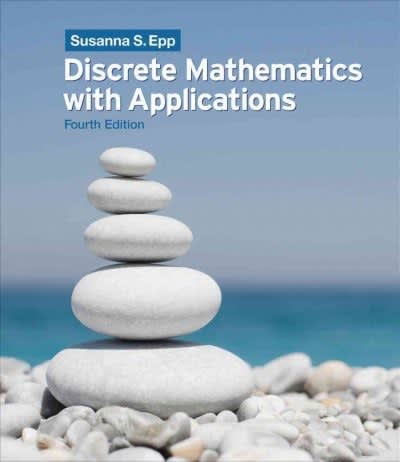Question
Q1. In a study of pain relievers, 100 people were given product A, and all but 34 experienced relief. In the same study, 20 people

Q1.
In a study of pain relievers, 100 people were given product A, and all but 34 experienced relief. In the same study, 20 people were given product B, and all but 6 experienced relief.
Fill in the blanks below to make the most reasonable statement possible.
| Product ?(Choose one - A, B) performed worse in the study. That is because only % got relief with this product, whereas % got relief with Product ?(Choose one - A, B)). |
Q2.
After the premiere of the new comedy Bumblebee, moviegoers were asked in a quick poll whether they liked the movie. Out of 50 adults, all but 16 said they liked the movie, whereas out of 25 teenagers, all but 5 said they liked the movie.
Fill in the blanks below to make the most reasonable statement possible.
At the movie premiere, ?(Choose one - adult, teenage) moviegoers liked the movie less. That is because only % liked the movie, whereas % of the ?(Choose one - adult, teenage) moviegoers liked the movie. |
Q3.
A researcher wishes to estimate the proportion of X-ray machines that malfunction. A random sample of 200
machines is taken, and 60 of the machines in the sample malfunction. Based upon this, compute a 99%
confidence interval for the proportion of all X-ray machines that malfunction. Then find the lower limit and upper limit of the 99% confidence interval.
Carry your intermediate computations to at least three decimal places. Round your answers to two decimal places.
|
Q4.
A random sample of 200 adults was given an IQ test. It was found that 110 of them scored higher than 100. Based on this, compute a 90% confidence interval for the proportion of all adults whose IQ score is greater than
100. Then find the lower limit and upper limit of the 90% confidence interval.
Carry your intermediate computations to at least three decimal places. Round your answers to two decimal places.
|
Q5.


Step by Step Solution
There are 3 Steps involved in it
Step: 1

Get Instant Access to Expert-Tailored Solutions
See step-by-step solutions with expert insights and AI powered tools for academic success
Step: 2

Step: 3

Ace Your Homework with AI
Get the answers you need in no time with our AI-driven, step-by-step assistance
Get Started


